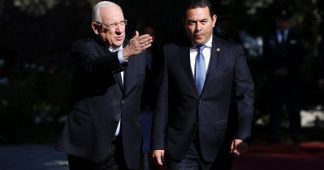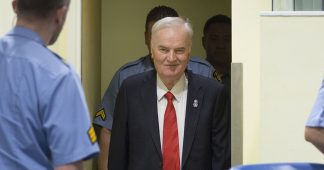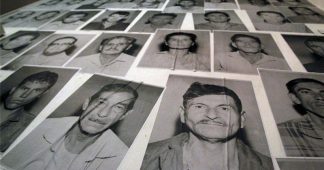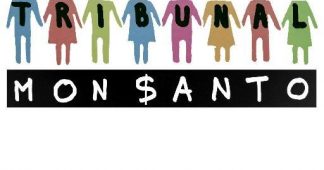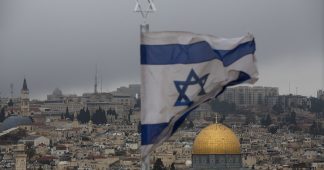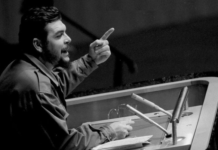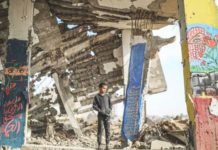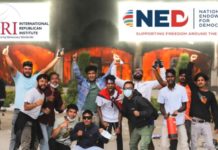U.S. policy and the dictator, General Efraín Ríos Montt – “a man of great personal integrity and commitment”
by Kate Doyle
May 10, 2018
Washington D.C., May 10, 2018—Five years ago today, one of the most celebrated human rights trials in Latin America came to a stunning conclusion when Guatemalan dictator, retired Army general, and self-proclaimed “president” Efraín Ríos Montt was convicted for genocide and crimes against humanity by a panel of three Guatemalan judges.
To commemorate that milestone in Guatemalan history, the National Security Archive is posting the groundbreaking ruling that was issued on May 10, 2013, by the court that found Ríos Montt guilty. The Archive is also making a collection of 15 declassified documents available that chronicle Washington’s unabashed support for the dictator at the height of his powers, and the US Embassy’s determination to ignore the violence unleashed by his Army against civilians.
The verdict was unprecedented in Guatemala and around the world; never before had a former head of state been convicted by his own country’s justice system for the crime of genocide. Ríos Montt, 86 years old at the time of the 2013 trial, was sentenced to 80 years in prison. Many of the hundreds of spectators present in the courtroom stood and clapped, wept, and cheered as the verdict was read.
But the court’s decision was felt most powerfully by survivors of the Guatemalan Army’s scorched earth campaigns, which in the early 1980s sought to destroy them, their villages, and their culture in the Maya Ixil region of the country’s northwest. Ninety-seven men and women testified before the tribunal in the course of the almost two-month proceeding. They described repeated military sweeps through the Ixil communities that left a trail of death and mayhem in their wake. According to the testimonies, the soldiers massacred entire communities, raped and tortured their victims, looted and destroyed homes, hunted down fleeing refugees with helicopters, and occupied and destroyed sacred Mayan sites. Those captured were corralled into militarized camps where they were forced to stay, sometimes for years.
The witnesses’ searing words are preserved in the genocide tribunal’s ruling, a 718-page document that not only pronounces the sentence on Ríos Montt (see page 682 and ff.), but summarizes the statements of all 97 survivors, reports from dozens of expert witnesses, Guatemala military and other government documents, results from exhumations, truth commission reports, and human rights publications.
Read more at https://nsarchive.gwu.edu/briefing-book/guatemala/2018-05-10/guatemala-genocide-ruling-five-years-later
